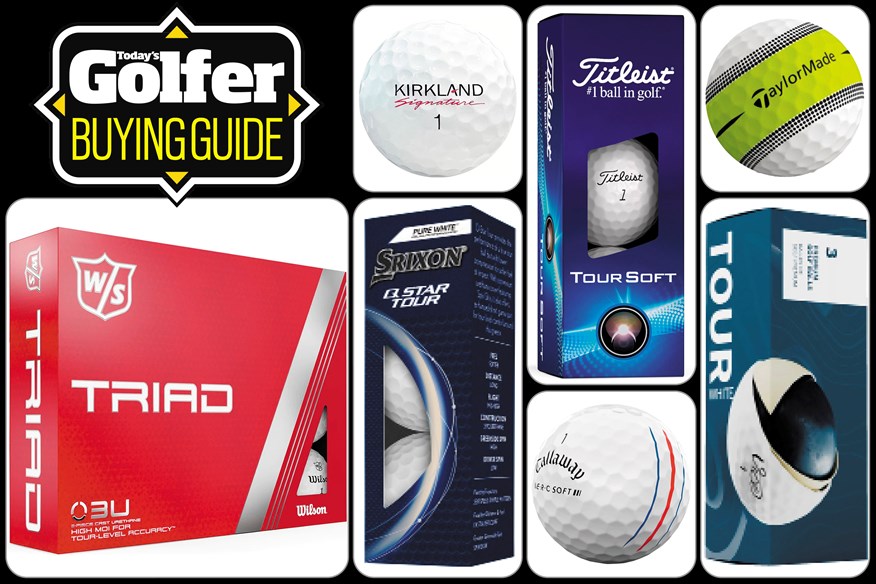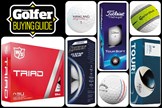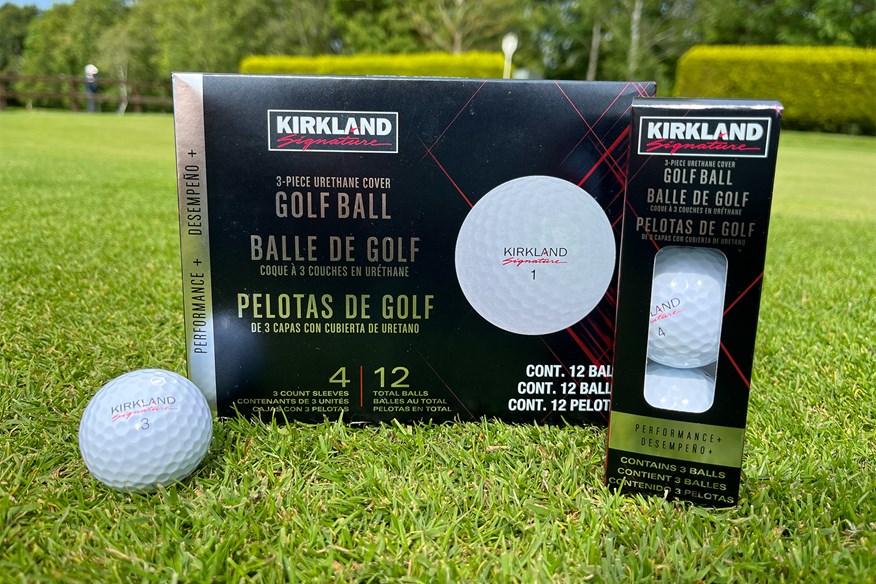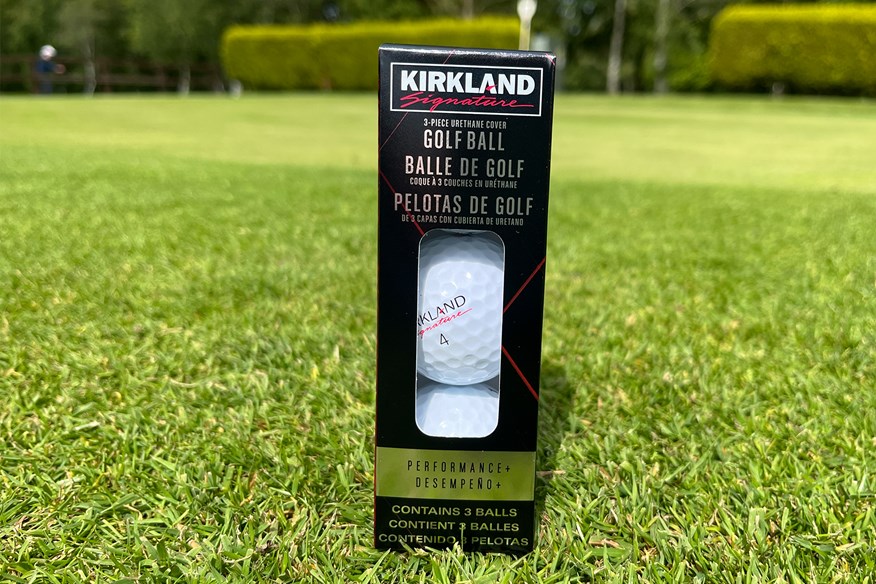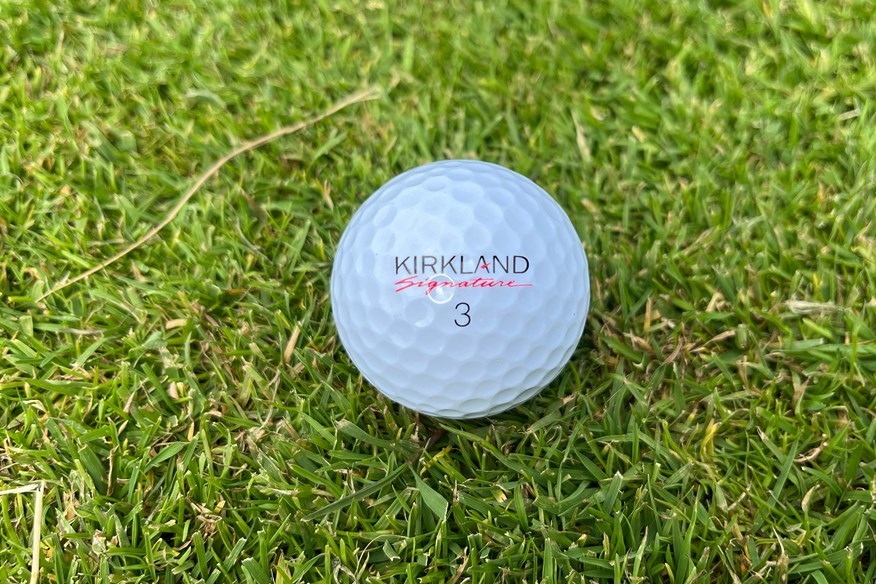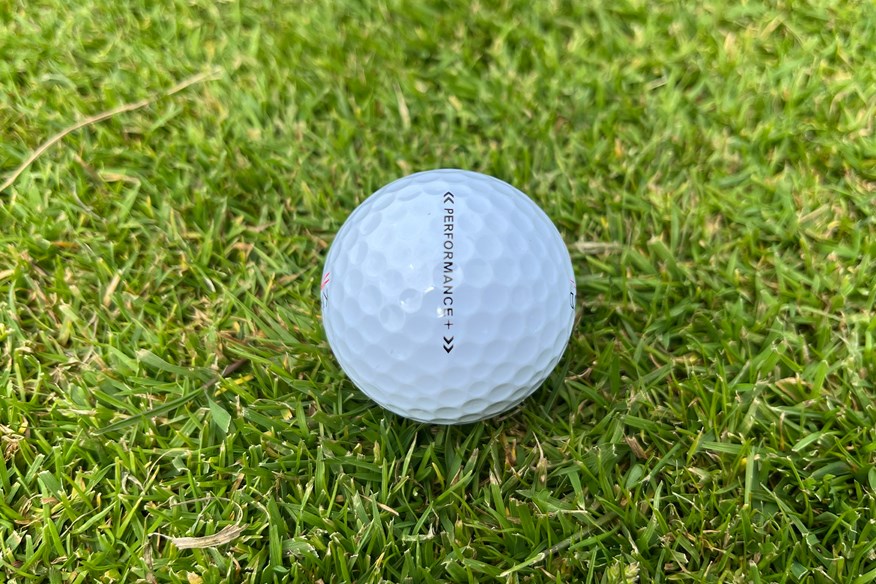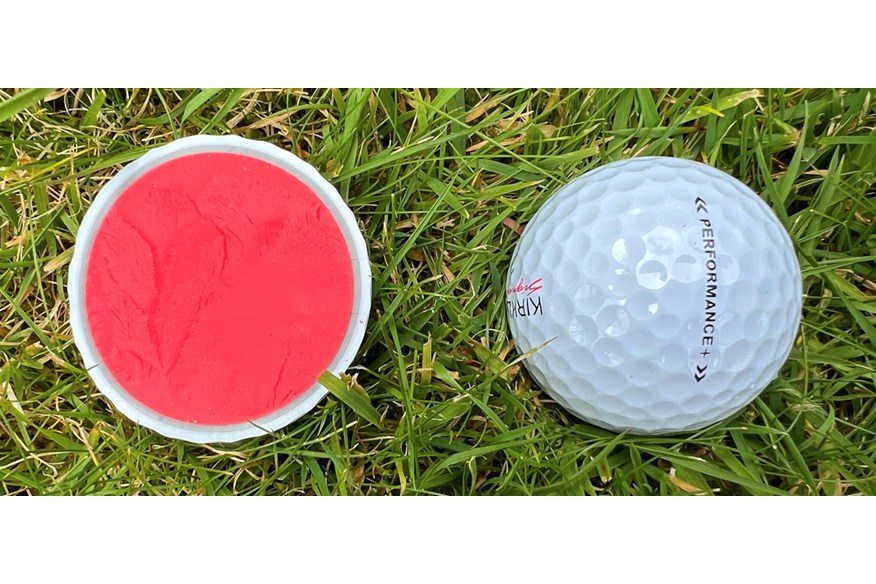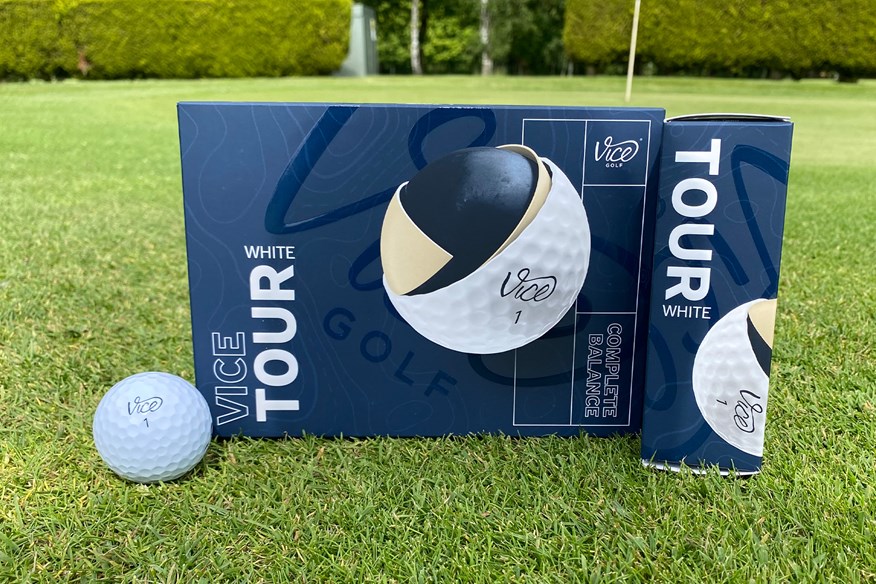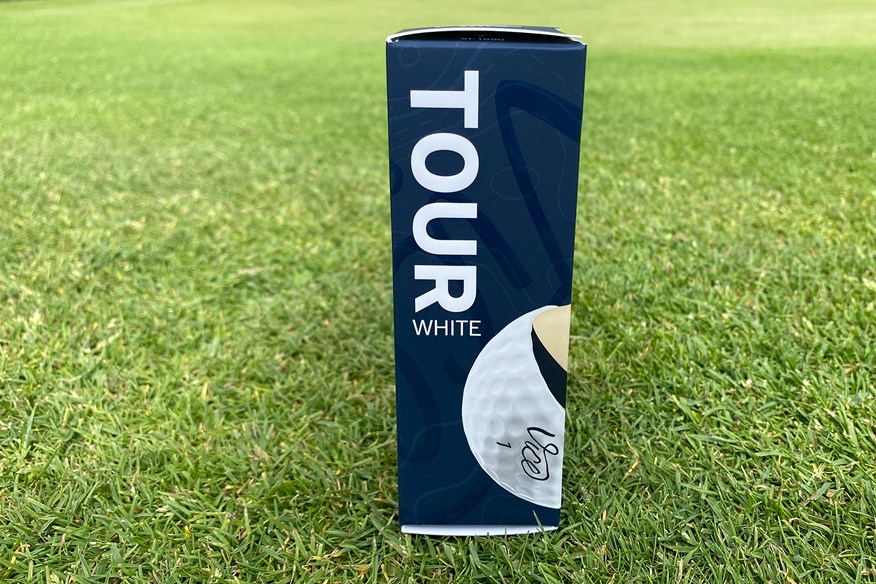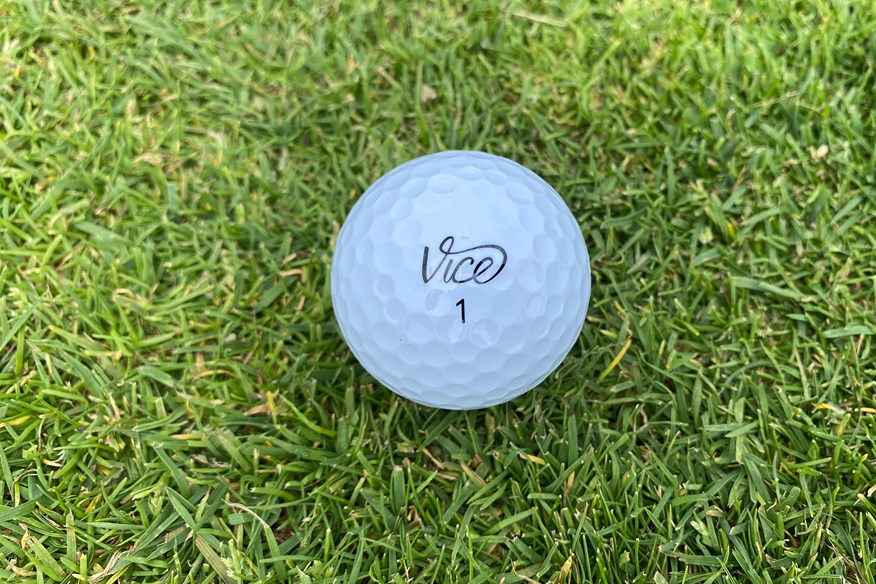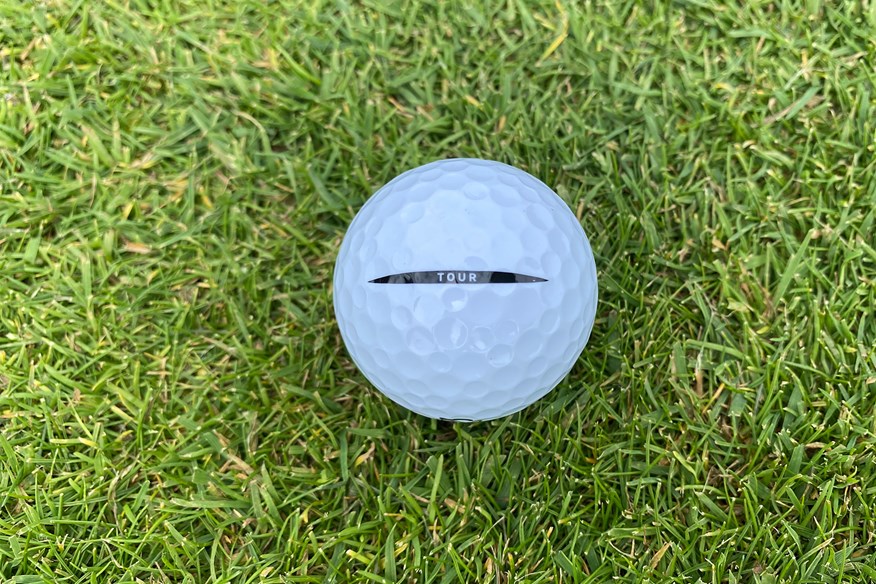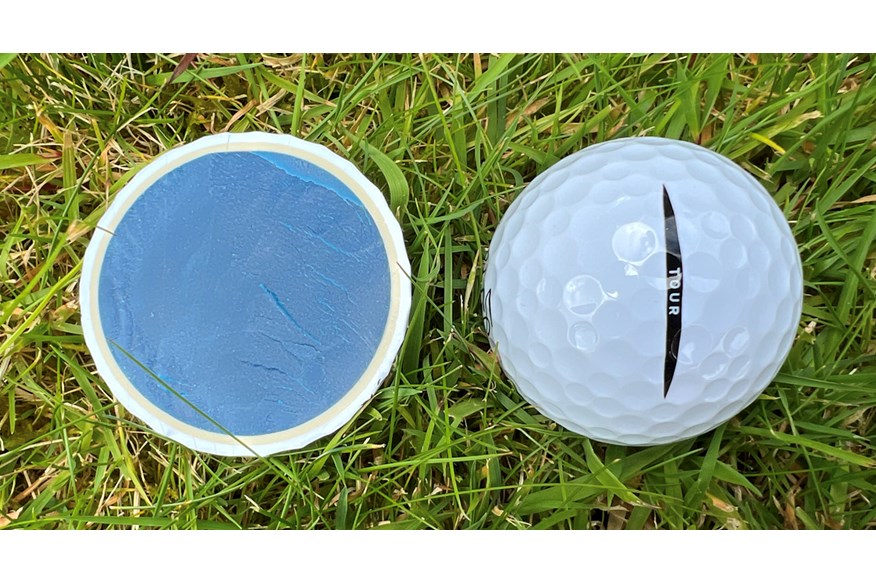Best Golf Balls for Mid-Handicappers 2025: Improve your scores and lower that handicap!
Last updated:
Click below to find out more about Today's Golfer's golf ball testing process.
There is a vast amount of golf balls suitable for mid-handicappers, so I’m here to help you whittle down the options and find you the perfect golf ball for your game.
Jump to:
Whether you are an amateur golfer who continuously plays to a decent level or an amateur golfer aspiring to lower your scores you need to know what the best golf balls are for your game.
Obviously, golf balls for mid-handicappers cover a wide range of golfers including men, ladies, and those who play with the best golf balls for beginners and high handicappers. However, these golf balls are suggestions for amateurs who want to score well, and play with a high-quality golf ball, but not pay the premium price tag.
The best golf balls for mid-handicappers 2025 at a glance:
These golf balls probably appeal to more golfers than any – but not many people will assume so – especially after the news of the golf ball rollback definitely happening. As a mid-handicap golfer, you might want to increase distance or greenside spin and control, to better understand which will benefit your game it’s worth checking out the best golf balls for spin.
If you’ve never used a golf ball from this category, the choice can be difficult, especially with so many being among the best value golf balls you can buy. Therefore, I have compiled the following list with ranging options to suit every golfer’s needs and wants. Hopefully, you can make a sound informed decision to help you play to the best of your ability.
Once you’ve looked through the best mid-handicapper golf balls, to help you with your decision, read through the detailed buying guide and have any questions answered in the FAQ section. Also, you might want to partner your golf balls with one of the best drivers for mid-handicappers and best irons for mid-handicappers.
Best golf balls for mid-handicappers
A brilliant golf ball which makes putting easier and more enjoyable
Best overall golf ball for mid-handicappers
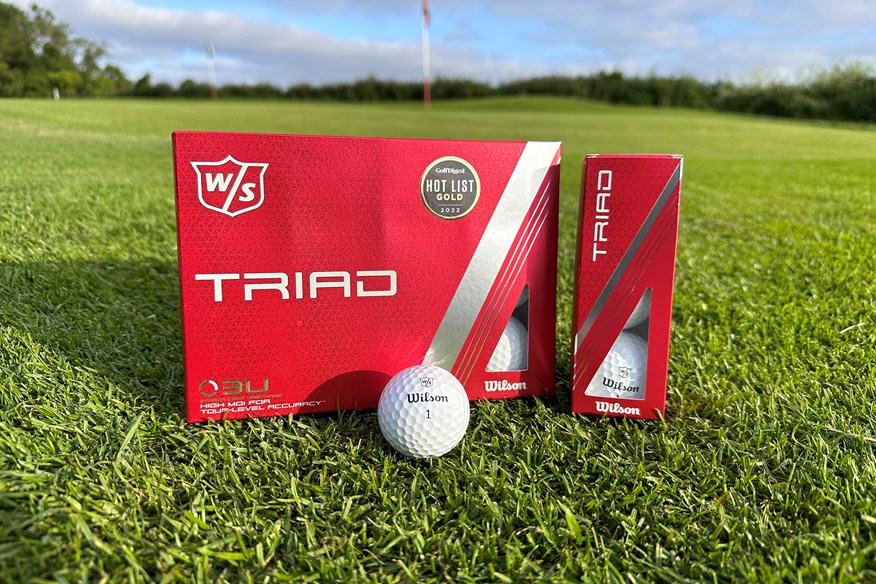

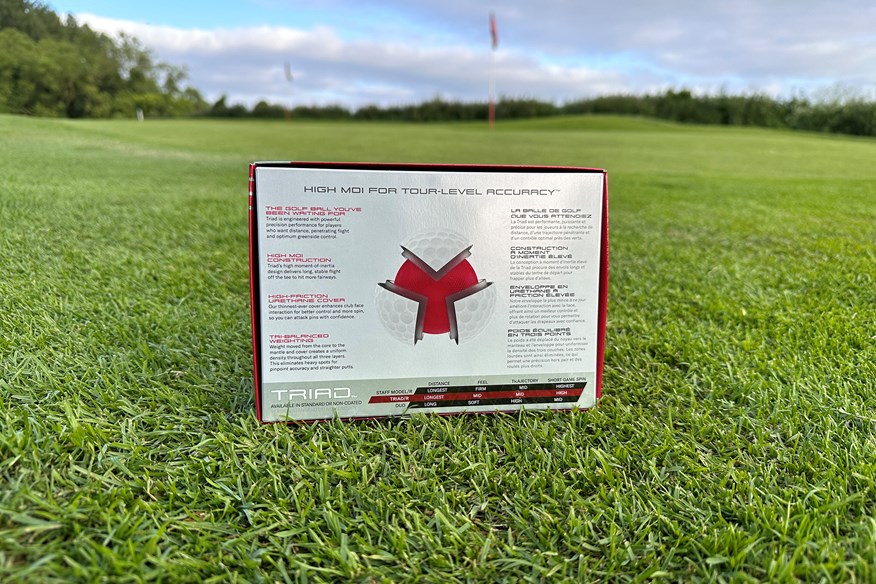
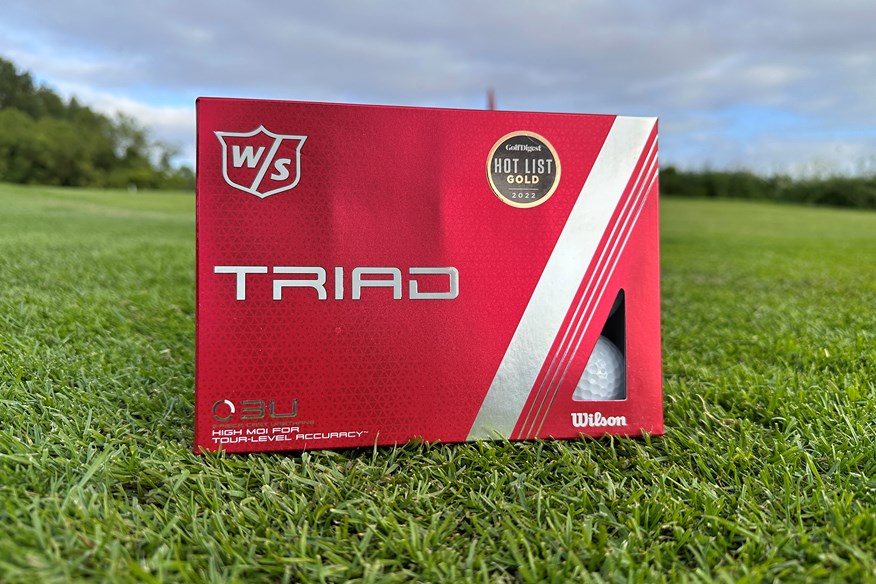
Therefore, you would be mad not to try the Wilson Triad - right? Wilson designed and refined this golf ball to meet the needs of those mid-handicap golfers wanting to break the illustrious 80 barrier.
The Triad has been manufactured to find more fairways, achieve more greens in regulation, and hole more putts. Considering this emerged as the most accurate golf ball in our 2023 robot test I was still surprised at how consistently this ball performs on-course.
Read our full Wilson Triad golf balls review
Pros
- True roll helps to hole more putts
- Neat dispersion off the tee
- High spin and control with lond-mid irons
- Consistent ball flight
Cons
- Not being a soft golf ball, it may not appeal to as many golfers
| Construction | 3-piece |
| Cover | Urethane |
| Dimples | 348 |
| Feel | Mid |
| Flight | Mid |
| Long game spin | Low |
| Short game spin | High |
| Colour options | White; Yellow |
- Triad balanced construction
- T3 technology
- High MOI design
- Ultra-thin urethane cover
A premium feeling golf ball targeting amateur golfers
Best colourful golf balls for mid-handicappers
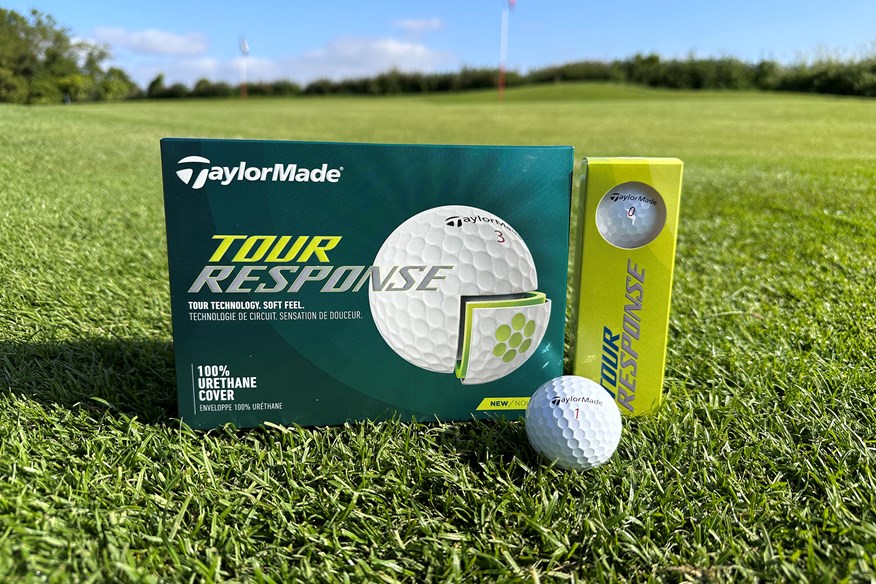

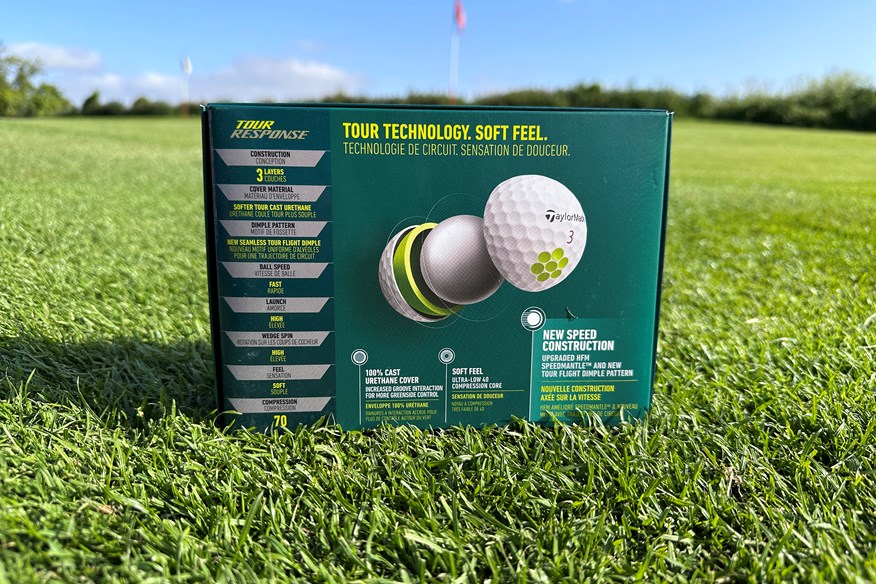
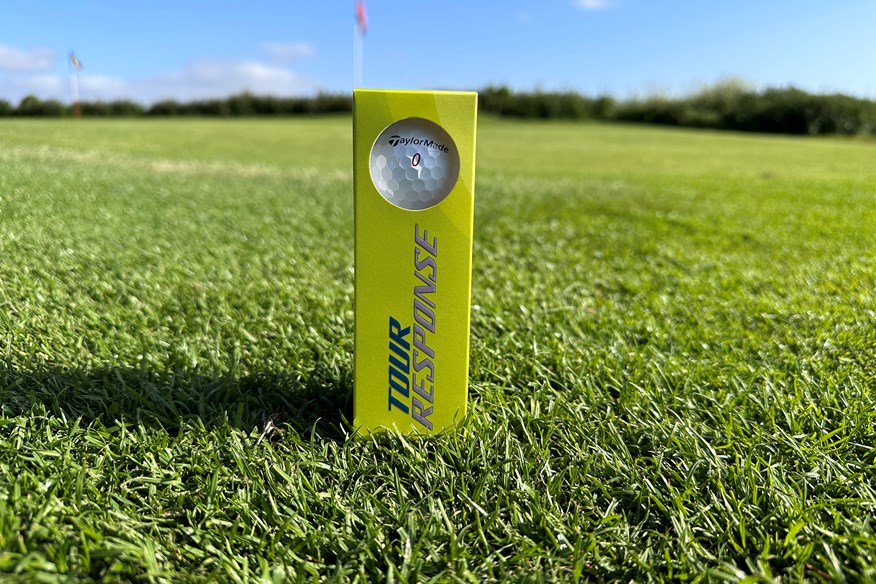
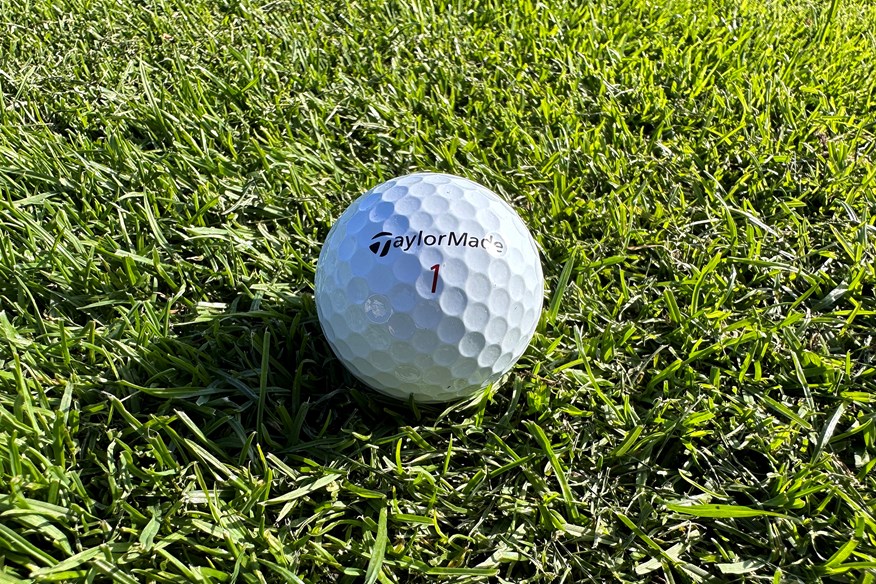
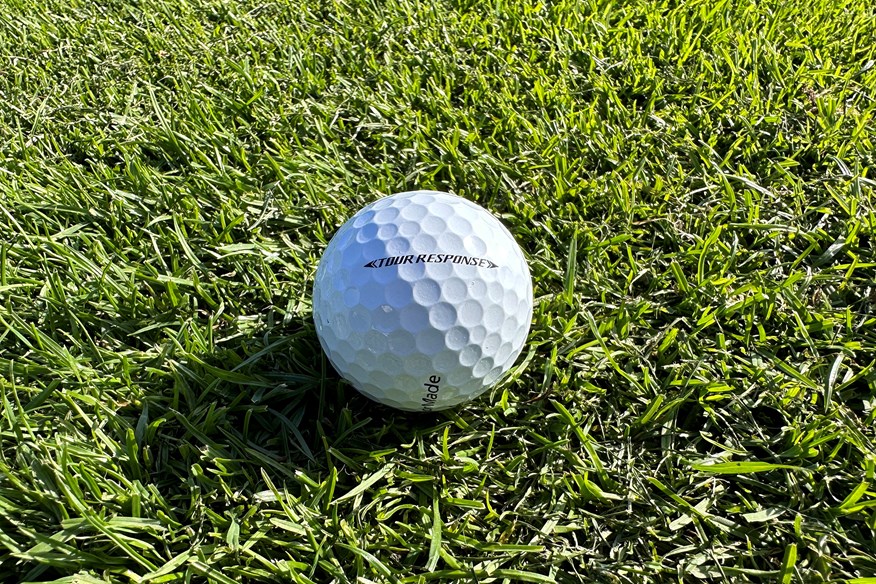
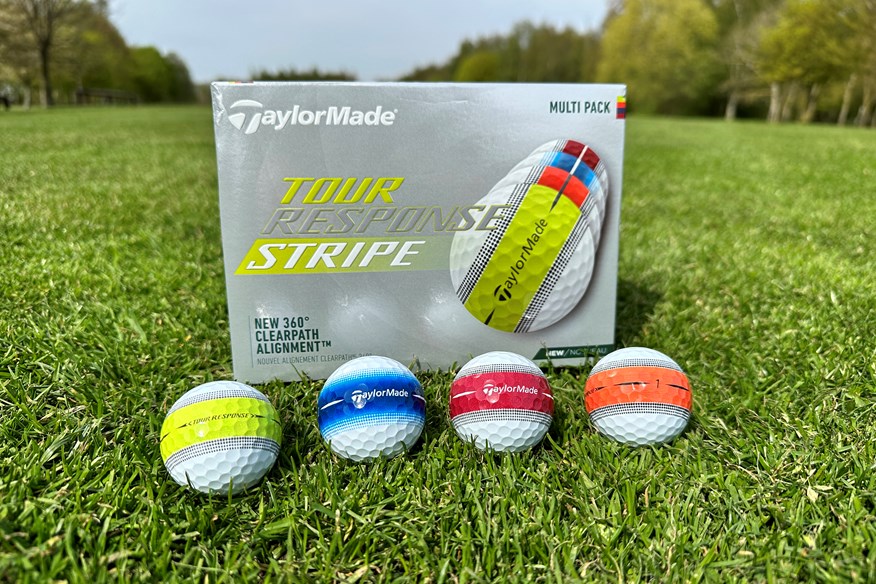
In our 2023 robot test, the Tour Response was one of 28 golf balls rigorously tested, and while it didn't perform exceptionally well in any specific field that we tested, plenty of us here at TG have played with these golf balls on the course and have been seriously impressed with its on-course performance.
Off the tee, the Tour Response impresses me because it delivers competitive distance compared to the best premium golf balls and the best distance golf balls. You won't find that this ball has as much stopping power as the best high-spin golf balls on the market but it will hit and hold a green on approach shots.
Another positive with the Tour Response is that if you're not a fan of playing with a white golf ball there are multiple colour options to choose from, including a yellow, and the Stripe model featuring TaylorMade's 360° clearpath alignment.
Read our full TaylorMade Tour Response golf balls review
Pros
- Amazing visual and alignment aid (Stripe golf balls)
- Really soft feel and impressive spin in the short game
- Good feedback and response from every club in the bag
- Great distance off the tee
Cons
- Could be too high spinning for players with quicker swing speeds
| Construction | 3-piece |
| Cover | Soft tour cast urethane |
| Dimples | 322 |
| Feel | Soft |
| Flight | High |
| Long game spin | Low-mid |
| Short game spin | High |
| Colour options | White; Yellow |
| Alternative models | Tour Response Stripe; Tour Response Stripe Multipack |
- New tour flight dimple pattern
- 100% urethane cover
- Speedmantle with high-flex material
Srixon's answer for the players who don't quite have the swing speed to play with a Tour standard golf ball
Best value golf balls for mid-handicappers
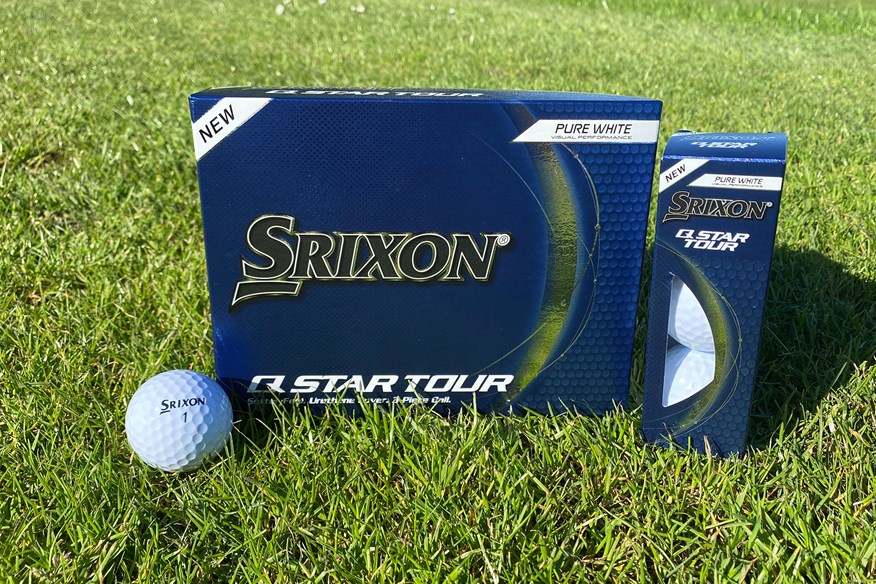

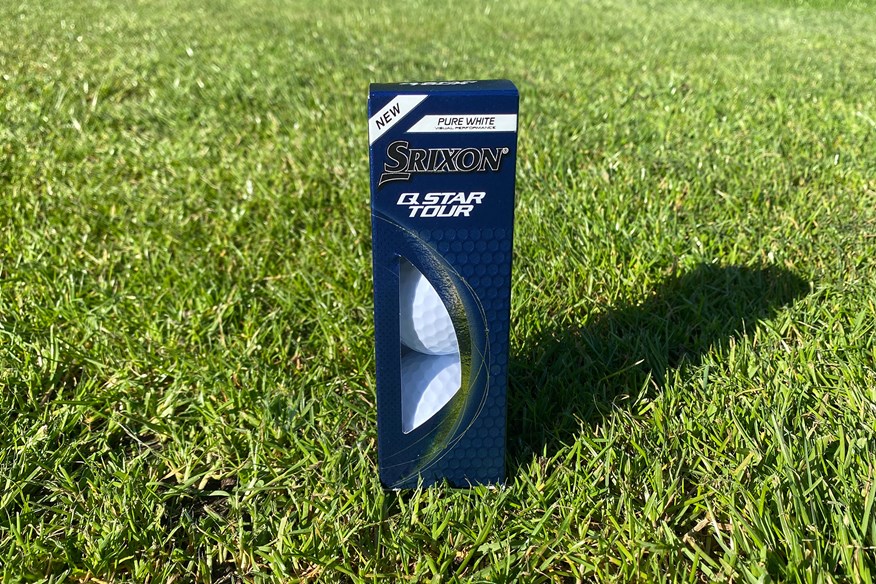
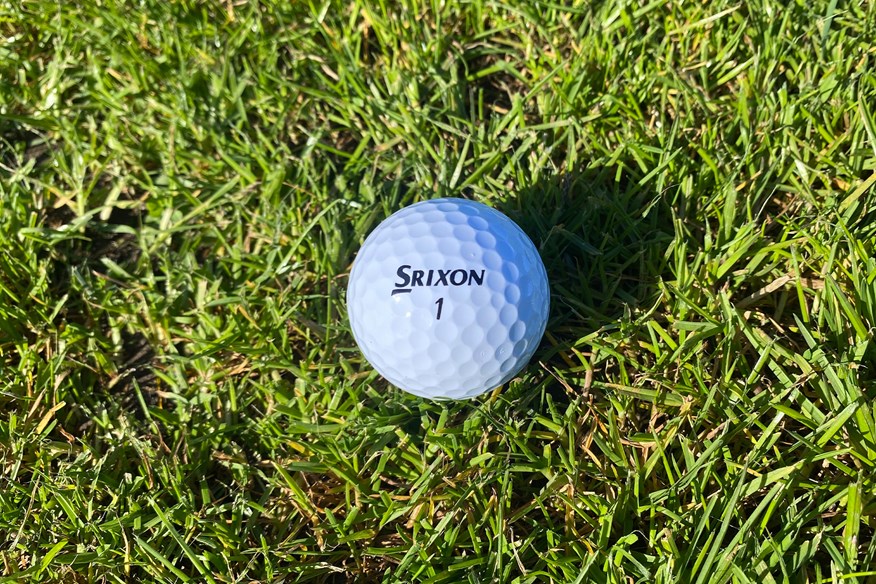
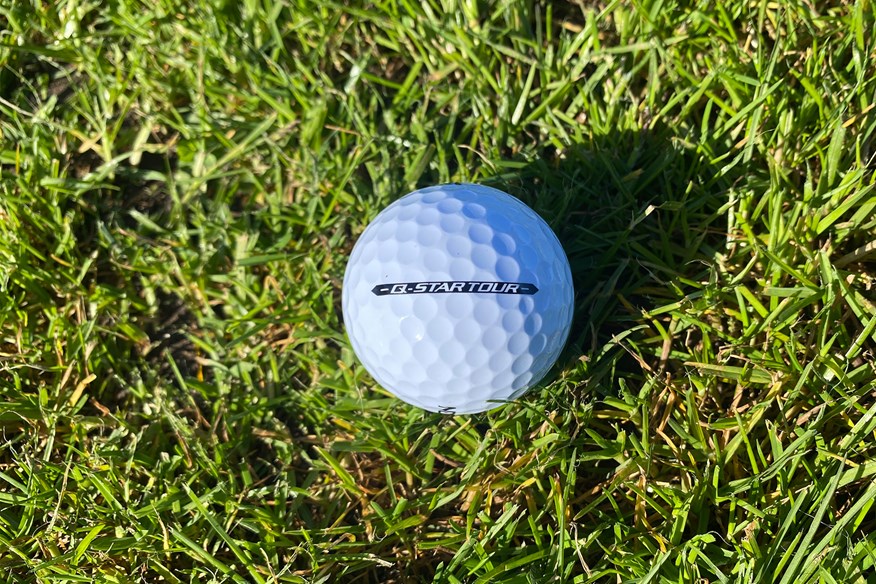
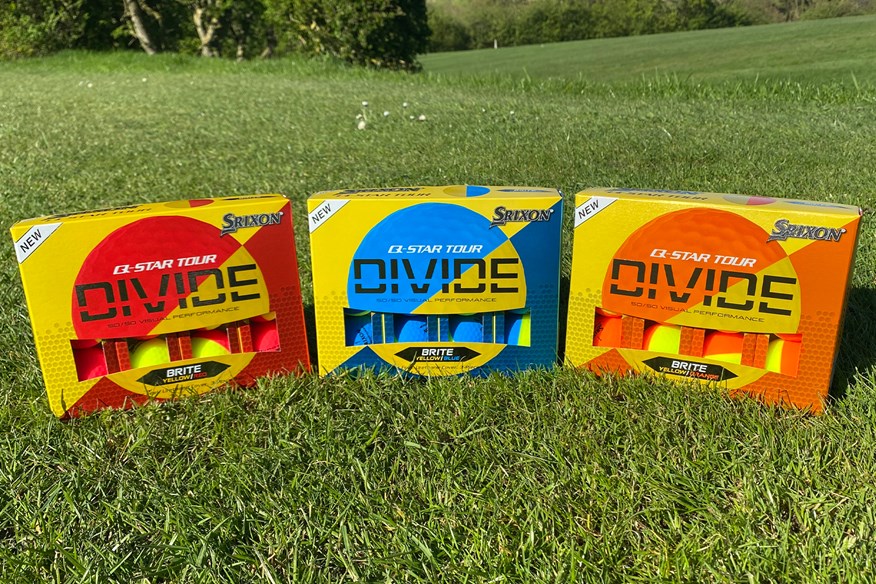
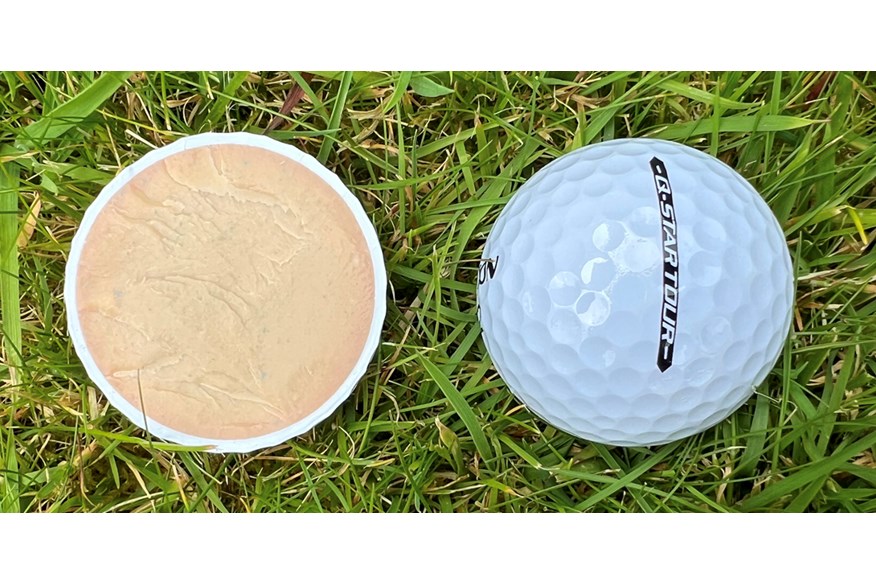
The Srixon Q-Star Tour features technology found in Srixon's Z-Star (premium) range of golf balls, making it an ideal golf ball for golfers who don't quite have a swing speed to match the Tour pros.
We tested the previous model Q-Star Tour in our 2023 robot test and it performed consistently well in all categories. Therefore, we knew we had to include the new version in our 2024 golf ball robot test. It was very much a similar story once again for the Q-Star Tour, although it did emerge as the longest golf ball when being hit by a 7-iron being swung at 80mph.
The Q-star Tour is one of the best value golf balls on the market, it's slightly cheaper than other golf balls of a similar ilk in this category. If you wish to add a bit of colour to your golf ball then the Q-Star Divide is always an option (it also helps with alignment).
Read our full Srixon Q-Star Tour golf balls review
Pros
- Good performance from tee to green
- Impressive distance and feel from every club in the bag
- Wind doesn't massively hamper distance
- High durability
Cons
- Incredibly soft golf ball, which may not appeal to all golfers
| Construction | 3-piece |
| Cover | Urethane |
| Dimples | 338 |
| Feel | Softer |
| Flight | Mid-high |
| Long game spin | Low |
| Short game spin | High |
| Colour options | White; Yellow |
| Alternative models | Q-Star Tour Divide |
- Fastlayer core
- Spinskin with SeRM
- Speed dimple pattern
A fantastic value golf ball for amateur golfers wanting to increase spin
The previous model, V2.0 golf balls generated boatloads of spin, potentially to their detriment, because it hindered distance and made them less playable for many golfers. The results from our 2023 robot test highlighted this.
It's a similar story for the V3.0 golf balls that were rigorously tested in our 2024 robot test. Once again Kirkland have produced a high-spinning golf ball. The V3.0 was the highest-spinning golf ball off the tee in our most recent golf ball robot test, with a 7-iron it was the second highest-spinning model, and with a pitching wedge, it was the third highest-spinning model of the 24 golf balls tested.
Before testing the V3.0 on the robot I played a couple of rounds with this golf ball to see how it compared to other models I tend to play with. I was skeptical at first because I had knowledge of how the previous model ballooned, but I had any doubts removed when I watched a tee shot with the V3.0 sail past my first drive with a different model.
Seeing the low distance the V3.0 produced in our 2024 robot test I am surprised, but then again, I'm no robot and I may have caught it better than I did the previous shot with a different golf ball.
I'd definitely recommend any mid-handicap golfer looking to increase spin to try the Kirkland Signature 3-Piece V3.0 golf balls.
See how the Kirkland Signature 3-piece V3.0 performed in our 2024 golf ball robot test
Pros
- Outstanding price per ball considering the high quality
- Combination of long game distance, short game spin, and premium soft feel
- Has no issue in generating spin
- Very consistent ball flight
Cons
- Not very widely available
| Construction | 3-piece |
| Cover | Urethane |
| DImples | 338 |
| Feel | Soft |
| Flight | Mid-high |
| Long game spin | Low |
| Short game spin | High |
| Colour options | White |
- Increased core size
- Mantle with new proprietary cover
- New proprietary TPU with improved scuff resistance and impact endurance
- Modified dimple depth for optimized flight height
An unlikely soft-feeling distance golf ball
Best distance golf ball for mid-handicappers
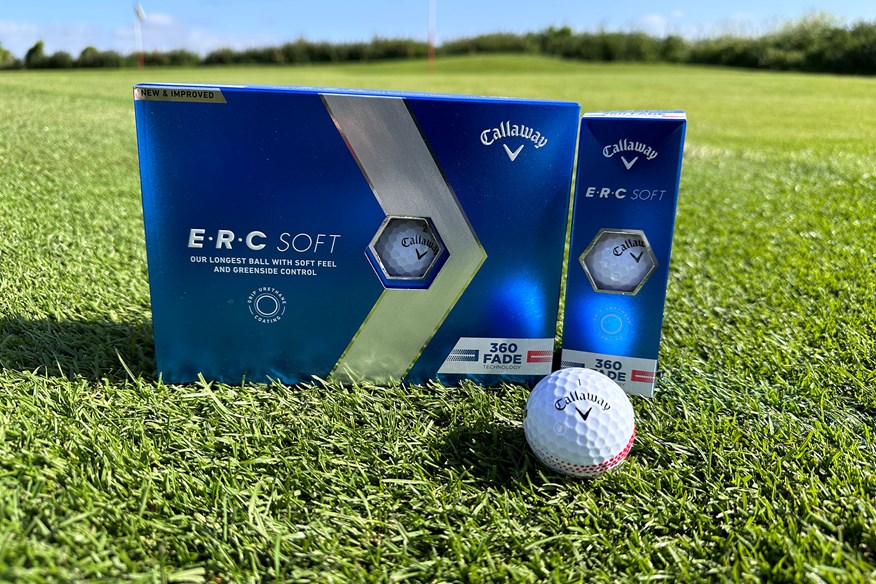

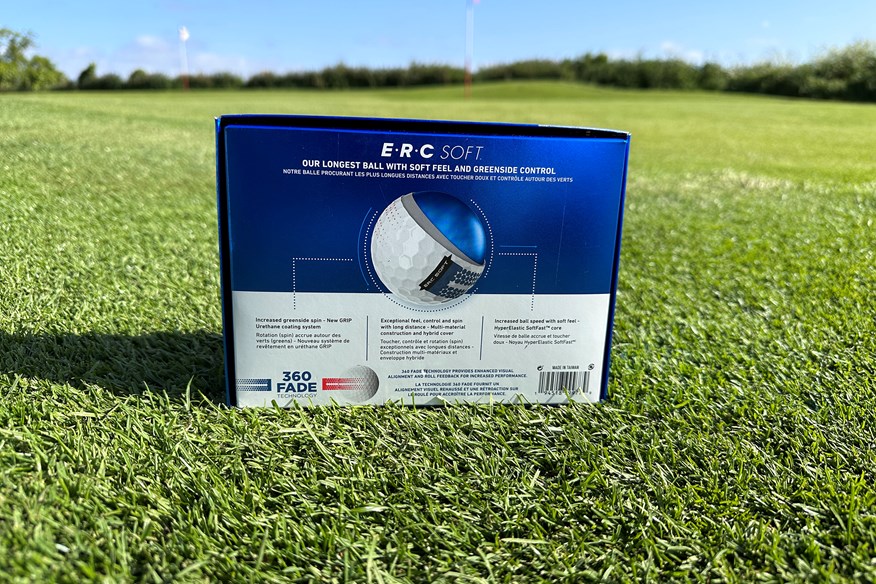
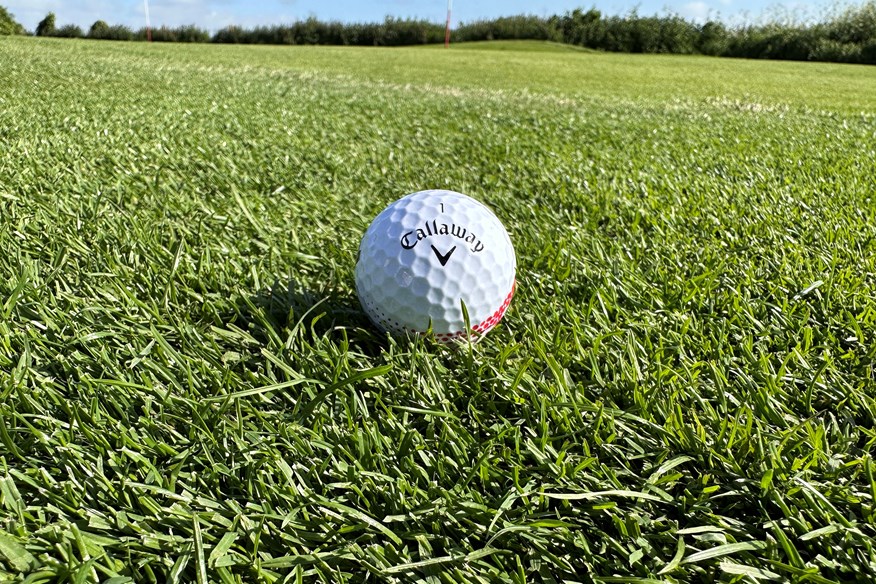
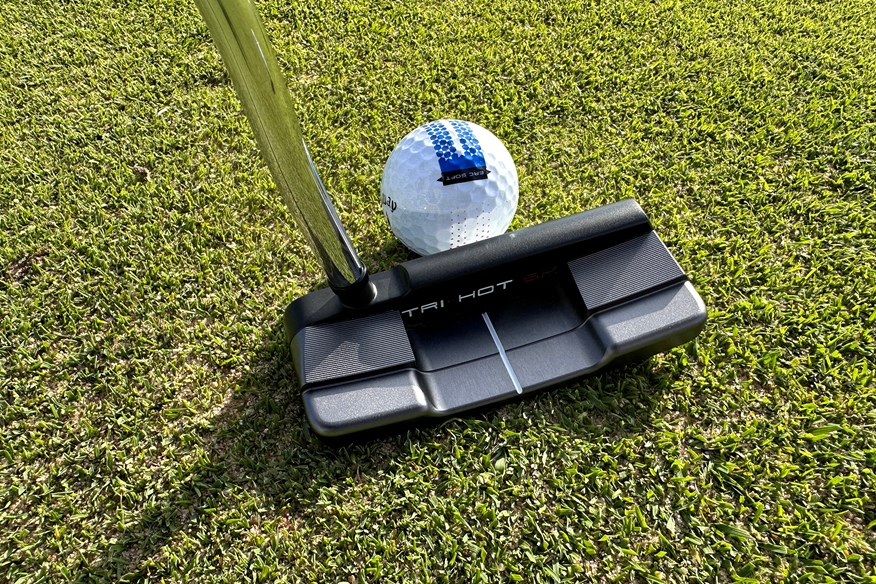
Distance was strong with a 7-iron too and this transfers to the course. I found this ball to be very strong off the tee and I was having to club down when firing at pins - partly because of the lower spin compared to what I'm used to. We also saw in our robot test that the ERC Soft isn't the strongest spinning golf ball.
However, once you apply more loft and get closer to the green, the spin does return and the ball is receptive when it hits the green. If you can afford to sacrifice spin from iron shots the the ERC Soft is definitely a ball to consider.
Read our full Callaway ERC Soft golf balls review
Pros
- Impressive distance off the tee for varying swing speeds
- Very good greenside spin and control
- Excellent visual and alignment aid
- Incredibly soft golf balls
Cons
- No option without visual and alignment aids
| Construction | 3-piece |
| Cover | Hybrid |
| Dimples | 332 |
| Feel | Soft |
| Flight | High |
| Long game spin | Low-mid |
| Short game spin | High |
| Colour options | White; Yellow |
| Alternative models | ERC Soft 360° Fade |
- New GRIP urethane coating
- New HyperElastic SoftFast core
- Hybrid cover
- High speed mantle
- Triple Track dagger technology
Titleist's softest golf ball which provides a sensational soft feeling off every club in the bag
Best soft feeling golf ball for mid-handicappers
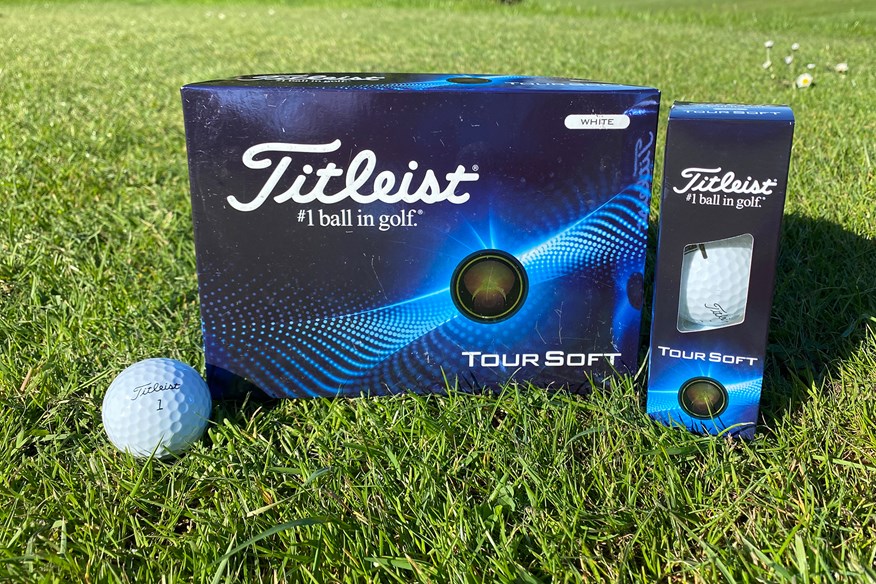

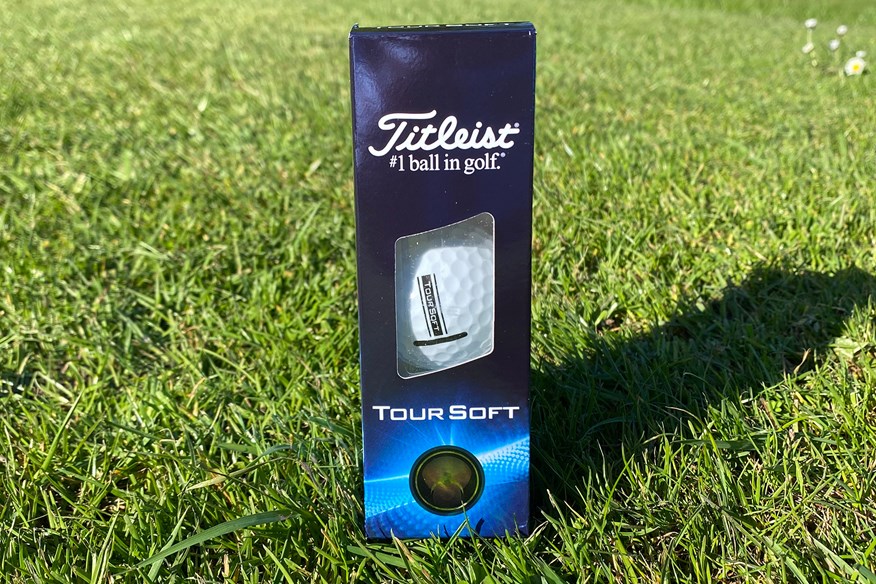
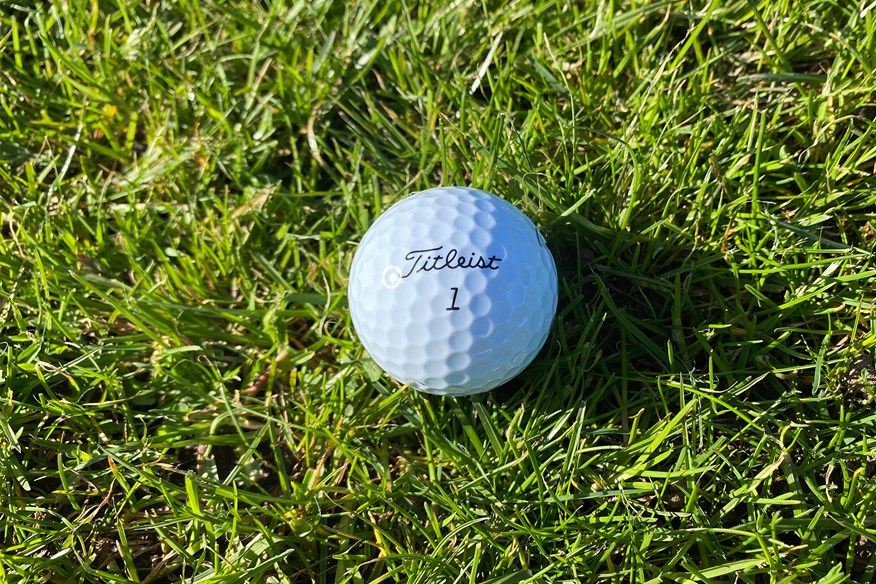
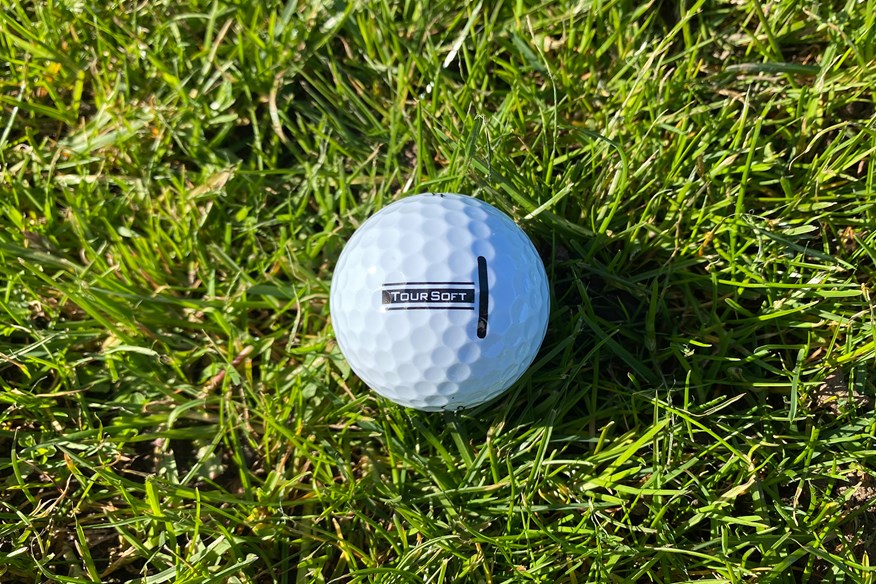
One thing you can guarantee from this ball is a pleasant response from every club in the bag - as well as a consistent ball flight. Where this golf ball does struggle is greenside, the Tour Soft doesn't perform as well around the greens as other golf balls aimed at mid-handicap golfers.
For a soft golf ball, this performs well in the long game with regard to spin and distance. If you currently play a soft golf ball with low compression, this is definitely the next step up if you currently play with one of the best golf balls for beginners and high-handicappers.
Also, it's a great golf ball for those players who don't want to spend a ton of money on an incredibly soft feeling golf ball that exhibits great performance (especially for a two-piece ionomer golf ball).
Read our full Titleist Tour Soft golf balls review
Pros
- Super soft golf ball
- Amazing feel off every club in the bag
- Consistent ball flight
Cons
- Greenside spin and control worse than expected
| Construction | 2-piece |
| Cover | Ionomer |
| Dimples | 346 |
| Feel | Very soft |
| Flight | Mid |
| Long game spin | Low |
| Short game spin | Mid |
| Colour options | White; Yellow; Green |
- Large fast core
- 346 quadrilateral dipyramid dimple design
- Thin Fusablend cover
A quality cheap golf ball for mid-handicappers to consider
However, unlike most three-piece balls, the Vice Tour comes with a less expensive Surlyn cover rather than the urethane of most competitors. That stiffer cover probably brings an extra degree of performance to this particular three-piece club ball aimed at mid-handicap golfers.
Vice have just about nailed the Tour. Where the Srixon Q-Star Tour and Vice Pro Air go for distance through lower spin in the three-piece club golfer category, and the Kirkland offers up tons of wedge and iron spin at the expense of distance, the Vice Tour aims for the middle ground.
In our 2024 golf ball robot test we found that at 85mph and 100mph with the driver, this golf ball is longer than the Q-Star Tour, the Vice Pro Air, Snell Prime 3.0, Kirkland Signature 3-piece V3.0, and Callaway Chrome Soft, all of which reside in the three-piece club golfer category and cost more money.
But unlike other balls that are long with the driver, the Vice Tour ranks fifth out of 24 overall for wedge spin, which is really impressive considering the cover material. With 7,926rpm of wedge spin, the Vice Tour also – incredibly – outspins the Titleist Pro V1, TaylorMade TP5, and Callaway Chrome Tour, all of which are premium golf balls.
If there’s one small fly in the ointment, it’s how iron spin drops just below 5,000 rpm (4,967). But by way of compensation, the Tour was our fourth longest iron ball (beaten to the top spot by just 0.2 yards), and it flighted shots higher than our test average with a steeper descent. For the price of a budget ball, this is a very strong performer.
See how the Vice Tour performed in our 2024 golf ball robot test
Pros
- Exceptionally good value for money
- Impressed in our robot test against major brands
- Great roll on the putting surface
Cons
- Not as widely available as other models
| Construction | 3-piece |
| Cover | Surlyn |
| Dimples | 312 |
| Feel | Medium |
| Flight | High |
| Long game spin | Low |
| Short game spin | Mid |
| Colour options | White; Grey |
- Enhanced mid-acid Surlyn cover
- High resilience and low stiffness composition
- Size-optimized High Energy Speed Core (HESC)
Best golf balls for mid-handicappers: Data Comparison
| Wilson Triad | TaylorMade Tour Response | Srixon Q-Star Tour | Kirkland Signature 3-Piece V3.0 | Callaway ERC Soft | Vice Tour | |
| 85mph Driver Ball Speed | 123.6mph | 122.5mph | 123.4mph | 122.3mph | 122.9mph | 123.9mph |
| 85mph Driver Backspin | 2797rpm | 2602rpm | 2442rpm | 2822rpm | 2549rpm | 2428rpm |
| 85mph Driver Carry Distance | 193yds | 192.6yds | 189yds | 186.9yds | 194yds | 190.3yds |
| 85mph Driver Shot Area | N/A | N/A | 26.6yds | 12.6yds | N/A | 19.4yds |
| 100mph Driver Ball Speed | 145.3mph | 143.9mph | 142.9mph | 142.7mph | 144.7mph | 144.1mph |
| 100mph Driver Backspin | 2768rpm | 2515rpm | 2457rpm | 2806rpm | 2397rpm | 2365rpm |
| 100mph Driver Carry Distance | 240.6yds | 240.7yds | 238.7yds | 238.9yds | 244.2yds | 241.1yds |
| 100mph Driver Shot Area | N/A | N/A | 60.3yds | 34.6yds | N/A | 56.9yds |
| 115mph Driver Ball Speed | 166.4mph | 164.3mph | 163.6mph | 164.8mph | 166mph | 165.5mph |
| 115mph Driver Backspin | 2138rpm | 2083rpm | 2077rpm | 2296rpm | 1986rpm | 2072rpm |
| 115mph Driver Carry Distance | 292.7yds | 288.7yds | 275.1yds | 276.6yds | 293.6yds | 278.9yds |
| 115mph Driver Shot Area | N/A | N/A | 69.4yds | 45.1yds | N/A | 52.4yds |
| 7-iron Ball Speed | 106.3mph | 105.5mph | 108.1mph | 106mph | 105.9mph | 107.9mph |
| 7-iron Backspin | 5629rpm | 4762rpm | 4985rpm | 6109rpm | 4746rpm | 4967rpm |
| 7-iron Carry Distance | 147.3yds | 149.3yds | 156.5yds | 147.8yds | 150.2yds | 156.3yds |
| 7-iron Shot Area | N/A | N/A | 7.2yds | 17.2yds | N/A | 17.2yds |
| Pitching Wedge Ball Speed | 85.4mph | 85.4mph | 84.7mph | 83.8mph | 85mph | 84.7mph |
| Pitching Wedge Backspin | 7653rpm | 6618rpm | 6810rpm | 8043rpm | 7903rpm | 7926rpm |
| Pitching Wedge Carry Distance | 105.9yds | 106.8yds | 106.5yds | 103.4yds | 104.9yds | 104.9yds |
| Pitching Wedge Shot Area | N/A | N/A | 3yds | 4.1yds | N/A | 3.1yds |
Sadly we haven’t been able to test the Titleist Tour Soft yet because when we carry out our annual robot test we are limited to a number of golf balls. The Titleist Tour Soft was considered in 2023 and 2024, it’s only a matter of time before this ball is put through its paces in our golf ball robot test.
Best golf balls for mid-handicappers: Buying Guide
How to choose the best golf balls for mid-handicappers
This category of golf balls hasn’t been massively inundated until very recently. Now, mid-handicap golfers have an extensive range to choose from. Golf balls are vitally important to get right for your game in order to score better and improve your handicap. Therefore, I have compiled a list of key factors to consider when purchasing golf balls.
Budget
The majority of amateur golfers will not need to play with a premium golf ball partly because of ability but also because of price. It’s very rare that any golf balls in this category are more than £40, which is a reasonable price for mid-handicap golfers to pay. Obviously, if you do want to play with a premium golf ball I won’t stop you!
Performance
With the golf ball rollback due to come into force in the not-too-distant future, performance has never been more important! If you want to make sure you have a ball that travels as far as possible it’s worth stocking up now before it’s too late.
Every golf ball performs slightly differently, and only through trying a range of golf balls will you find the best golf balls for your game. If you are playing with the wrong golf ball, you’ll know by how far the ball is going, how high the ball’s flying, how much the ball’s spinning, etc. When you find the perfect golf ball, you’ll know.
Feel
This is a factor most amateur golfers won’t even need to consider. Many regular golfers know exactly what type of ball they are looking for with regard to feel. There are both soft-feeling and firm-feeling golf balls for mid-handicap golfers to choose from. I personally prefer a firmer golf ball because I like the stronger feedback off the clubface. However, I know I’m in the minority there because the vast majority of golfers would rather play with a soft golf ball.
There isn’t a right or wrong answer when it comes to feeling, it’s all about finding the right ball for you and then you just have to hope that it feels good to play with.
Alignment
Alignment golf balls are becoming increasingly popular because they offer golfers extra assistance to help them line the ball up with their intended target. These alignment aids differ in size and style in order to appeal to more golfers. The majority of alignment golf balls do come without alignments as well but there are some which don’t.
Visibility
I guarantee most golfers will have been told good golfers don’t play with any other colour golf ball than white – this is nonsense. The best-coloured golf ball for you is the one you can see best and helps improve your game. Whether this be white, yellow, or pink, when you rip it off the tee, hole out from 100 yards, or sink every 8-foot putt no one will care what colour your ball is.
How We Test Golf Balls
At Today’s Golfer, we make it our mission to test golf equipment to the best of our ability in order to provide you with as much information as possible so that you can make a sound decision to help improve your game.
That’s no different when it comes to golf balls. In what is an extremely crowded marketplace, we do all we can to deliver as much clear information as we can so that you can find the perfect golf ball for your game.
There are hundreds of golf balls on the market all claiming to do the same job and that’s why we feel the need to take on the mammoth task of scrutinising these golf balls in any way we can to see which models are genuine and which are duds.
In our quest to ensure you’re well-informed it has led us to perform three golf ball robot tests, the first in 2019, our second test was carried out in 2023, and we followed that up with our third in 2024. Potentially, we could have a fourth golf ball robot test on the cards for 2025.
It’s all well and good hitting golf balls on the course, at the short game area, or on the practice grounds, but without access to an accurate launch monitor it’s very difficult to know exactly how a golf ball performs.
The same goes for human testing, in the sense that it’s very hard for a person to perfectly hit a golf ball every time, hence why we carry out robot testing with golf balls.
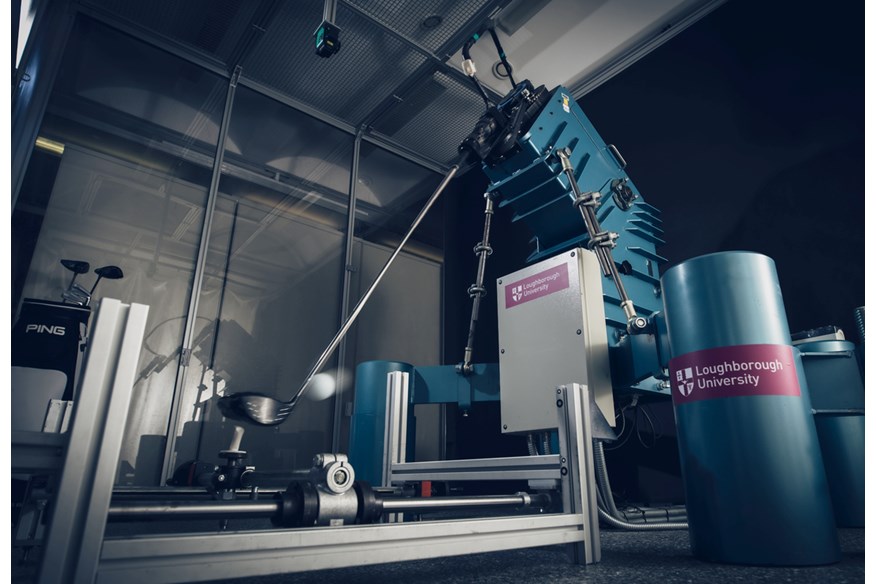
Leading our golf ball robot testing is our Equipment Editor, Simon Daddow, who spent a large part of his career as a golf club maker and product development manager, and has worked in the golf industry for more than 30 years.
We decide to perform golf ball robot tests because it’s the only true way to see the difference between each golf ball’s performance with a repeatable swing and consistently accurate impact location – which no human tester can reproduce.
Certainly not across different swing speeds and various club categories, especially when 20+ different golf ball models need testing.
Our robot testing takes longer than a week to complete, we spend months behind the scenes planning how to make it happen, and Simon spends a week crunching the numbers to determine our top-performing golf balls from each robot test.
With the costs of buying an R&D golf robot out of our reach, there aren’t too many options around. The brands that have them also make golf balls, which obviously presents a conflict of interest should we use one to perform a golf ball test against competitor models.
Loughborough University, though, is often referred to as the best sports science university in the world, and thanks to Ping’s introduction (who have invested in an R&D lab on campus) a couple of years ago it made perfect sense to explore the opportunity to collaborate in 2023 and again in 2024.
It takes months of setting up, but with Senior Lecturer Jonathan Roberts being a golfer and understanding our cause, and with Loughborough and Ping having no vested interest in golf balls, our partnership makes perfect sense.
We have always been about the club golfer here at TG, so it’s vital to us to test each golf ball at different swing speeds to show how each model will perform for you. So, no matter what your speed, you’ll find plenty of useful information within this test tailored to your own game.
Our driver shots were hit at speeds of 85, 100, and 115 mph (moderate, mid, and fast). For 7-iron we used a mid-80 mph speed. The pitching wedge was hit at 74 mph. To ensure our results reflect real-world golfers we also used the Ping clubs most suited to these speeds.
A 9° Ping G430 LST driver (with X flex Tour 2.0 Chrome shaft) at 115 mph. A 10.5° Ping G430 Max driver (with S flex Tour 2.0 Chrome shaft) at 100 mph. And a 12° Ping G430 Max (with R flex Alta CB Black) at 85 mph. We took the same approach for irons and wedges using the Ping Blueprint S 7-iron and pitching wedge (with S flex Dynamic Gold 120 shafts).
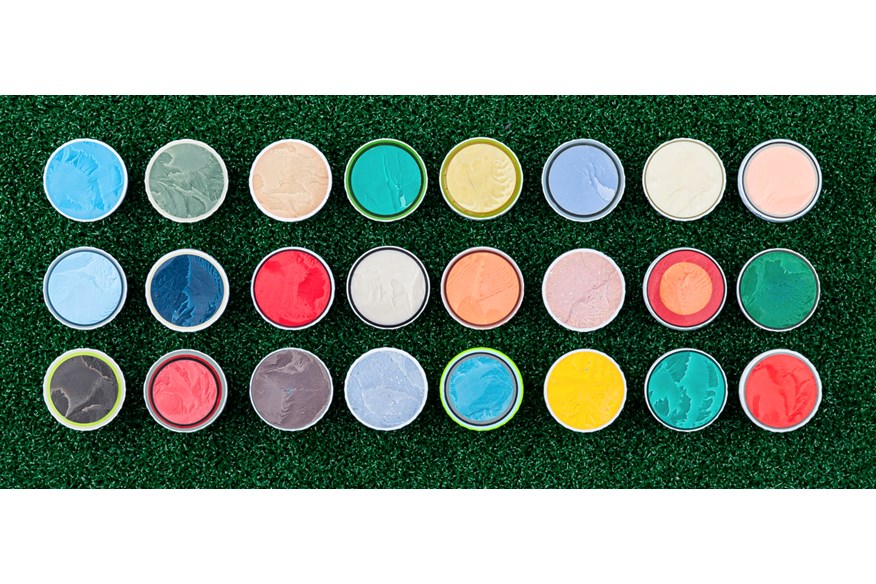
James Hogg, one of our Equipment Writers, is responsible for much of the on-course testing of golf balls where he applies his skills and knowledge from working in the golf industry since 16-years-old.
Thankfully, at Today’s Golfer, we are blessed to have a full team capable of testing all pieces of golf equipment – including golf balls. No matter whether a ball features or not in one of our robot tests, we ensure it’s put through its paces out on the golf course by one of our talented team members.
When we’re testing golf balls, both out on the course and on the robot, we’re always looking for certain aspects. With all golf balls, one of the most obvious aspects you’re able to judge with the naked eye is durability. For me, this is one of the most important aspects because if a ball isn’t durable then its value plummets through the floor – as does its performance.
Every other feature of a golf ball we’re scrutinising when testing golf balls is more ambiguous because they are more dependent on the wants and needs of the individual. For instance, feel is something that’s always discussed with golf balls, therefore, we make it one of our priorities to provide as much information as we can about feel, even if it contradicts what the brand says we’ll always stand by what we feel.
Flight and ball trajectory is much easier to draw conclusions from our robot test than any on-course testing because on course it can depend on what club we’re using, weather conditions, and how the ball sits either in the fairway or rough. Hence why it works much better getting this information from a robot because it delivers the same swing and strike with the same club. However, we will still mention how the ball travelled for us on the course compared to what we normally play or want to see.
Obviously, important factors to investigate are distance and spin, after all, these are ultimately what most golfers are interested in depending on whether they need to improve how far they’re hitting the ball or if they want to hit and hold more greens.
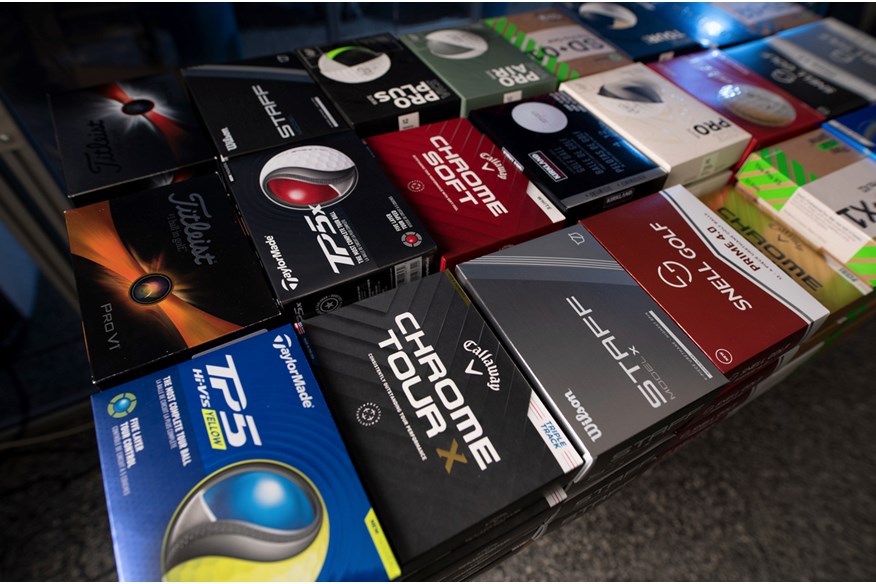
There are certain golf balls designed to do both for certain golfers, mainly the best premium golf balls that are built with Tour Pros in mind. However, if we’re testing a distance golf ball, we expect it to produce impressive and competitive distance, but we don’t expect it to grab really well on the greens so we account for this when we’re testing.
Most golfers will be interested in a golf ball that spins in the short game to give them all the control they need around the greens. When we’re out testing on course this is one of the most important aspects we’re looking at. I personally spend a large amount of time at the short game area playing chip shots and pitch shots to see how well each ball grabs.
For a golf ball to feature among the best golf balls for mid-handicappers, they need to deliver performance for the needs of the intended golfer. Obviously, they have to perform well to be considered one of the best in their category too.
Best golf balls for mid-handicappers: FAQs
How do I know which is the best golf ball for mid-handicappers for me?
Golf balls for mid-handicap golfers are those intended for the better amateur golfers who would typically play with premium golf balls but don’t need to spend the money. The best golf balls for mid-handicappers tend to pack the same technology as the premium version or are very similar. Most better amateur golfers will know what they look for in their golf balls, and if you have never played with one of these golf balls before, the best ball to start with is the one closest to your current golf ball, and if you don’t like it, simply try other options.
How does a golf ball for mid-handicappers differ from a premium golf ball?
Depending on who you ask, you may get a different answer to this question. However, I believe the main difference is price, purchasing a dozen golf balls for mid-handicap golfers will save you money without sacrificing much (if any) performance. As someone who prefers this range of golf balls to premium golf balls, I don’t see a massive difference in performance – but my wallet certainly appreciates the difference in price.
Can mid-handicap golfers play with premium golf balls?
Obviously, the answer to this question is yes. Any golfer of any ability can play with any ball they like. However, that doesn’t mean it is the right golf ball for them. Most mid-handicappers will find the same, if not more, success from playing with a non-premium golf ball. The issue with premium golf balls for most amateurs is they can’t unlock the full potential of the golf ball, whereas, with a golf ball purposefully designed for mid-handicappers, it’s easier to maximise the potential of the ball to help you shoot better and score better.
Subscribe to Today’s Golfer Magazine! In every issue there are exclusive interviews with star players, equipment tests and buying advice, PGA pro tips to you help you shoot lower scores and our highly regarded Top 100 course rankings from around the world.
VIEW SUBSCRIPTION OFFERS
